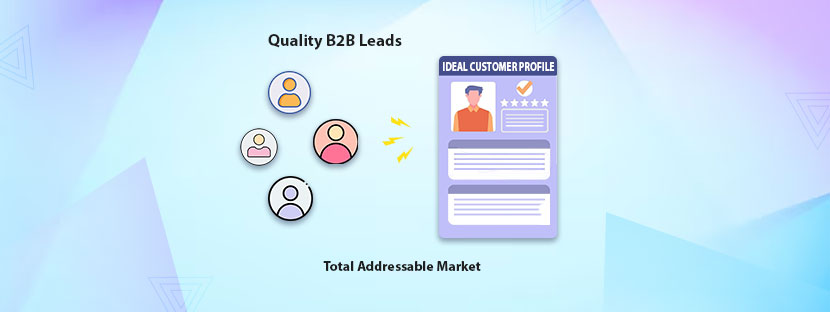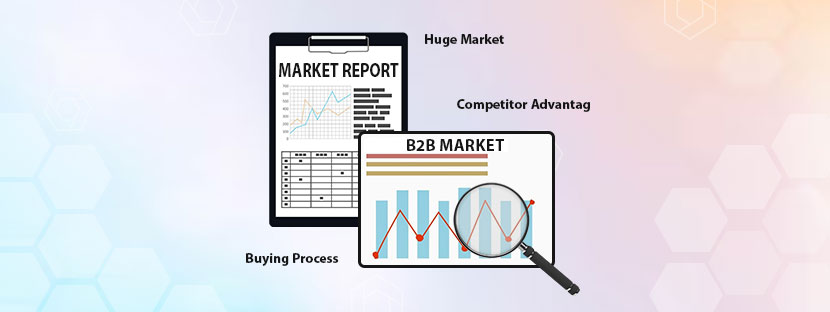Talking about customer pain points directly is an age-old idea to frame your B2B value proposition statement. The new ways say “feature less, benefit more”.
Let’s talk about the modern ways to approach your customers in this blog. Make your sales pitch strong using the steps below.
What is a Value Proposition in Sales?
A value proposition is a concise statement that tells the unique benefits and specific values of a product or service. It showcases some specific elements about a product or service that are meant for specific customer groups. Also, it contains arguments why anyone should choose a product from the brand instead of other competitors.
Steps to Follow for Creating B2B Value Proposition
1. Define the problem first
Problems are the main things for which we look for solutions. It’s obvious that your prospects are facing problems and they are looking for a solution. Hence, before you deliver your solutions to them, you need to address the problem first.
In B2B, the first principle is that you have to discuss the problem using your communication channels. It’s an area that often gets overlooked, but shares the most interesting value. Many B2B companies positively ignore telling the problems. It hurts them in their way to become more transparent.
Break the problem into two parts to make your value proposition strong and compelling
• First – make the problems appear real and vivid in your prospects’ minds
• Second – discuss the financial costs associated with the problem in detail
Defining the problem to your prospects while addressing them in a sales call or email is a perfect trial that keeps them coming back to you.
Let’s take an example of a software agency that supplies solutions to sales agencies, and it’s looking for a productive software to track its employees. These are your target prospects, and you have to start a conversation with the company now.
The first one is just letting your prospects know what they should know. The second one is much better because it addressed the problem in an interesting way without sounding salesy. You can add financial values later on to frame a complete picture of the B2B value proposition
2. Reveal all the benefits
After you address the problem, it’s your responsibility to provide solutions to your problems. Make a note: telling the features is not revealing the benefits. Features are helpful to know about your offers, but benefits hold the value you are offering.
Feature vs benefit
We need an example to explain this. Let’s take a mobile phone battery for this case.
Suppose you are looking for a phone and one sales guy comes up to you with this value proposition – ‘This mobile phone has a 7000mAh lithium battery” and “it has a 60MP rear camera”.
That’s a clear feature of a mobile phone the sales rep presented to you, right? It’s not the benefits. The way these features of the mobile phone are going to make your experience better than the benefits.
Instead, the last value proposition, the salesperson could have told that “this mobile phone can stay up for 2 days without charging, you are free from the frequent hassle of charging. Plus, you can click amazing visuals with its smart camera that always captures your memorable moments in HD quality.“— These are benefits that make your purchase more interesting and value-driven.
Reveal all the benefits through your sales proposition to connect with your prospects on a deeper level. Addressing the problem and suggesting solutions in layman’s terms is the best way to reveal all the benefits.
Features are the good things that you must tell your prospects, but not in the value proposition. You can keep it set for a later period. Here, you need to tell all the benefits that you are offering to your prospects to gain their attention. In B2B, your prospects do not have free time to listen to you all day. Thus, you need to keep the benefits short and relevant.
3. Articulate the values you offer
In the previous stages, you raised the problems and also opened up a window for solutions. Now, you need to articulate your solutions a little more. Communication plays a major role in this situation. You need to stress more on communication to get through this stage.
Articulating the values can be done in two ways
- Revealing the real benefits: Showcase the real values that you are offering in this stage. Your B2B value proposition statement should contain all the benefits that you offer, not all the features. Closing more deals should not appear as a priority at this stage. You need to provide strong arguments as to why your offerings are greater than others here. That’s a value proposition that you can cover at this stage.
- Focusing on the pricing: Many prospects you will be interacting with may not like all the real benefits you offer. Because they are more concerned about the price. Therefore, you need to add the price elements to your value proposition clearly. In short, the returns on investment (ROI) are getting prioritized at this stage. So, you need to frame your value proposition accordingly.
4. Make a story – putting everything together
Whatever you did earlier, now you need to put them all together. Making a story can be better if you can. Not like any other stories, you need to build a story that focuses on all the benefits you offer and the way they solve all problems. Like any movie, your prospects should picture everything when they get your value proposition statements.
As a note, including case studies in B2B value propositions can do wonders. It provides real-life insights and reveals the story in a formal but effective manner. You can definitely try it out if you’re in the B2B field.












